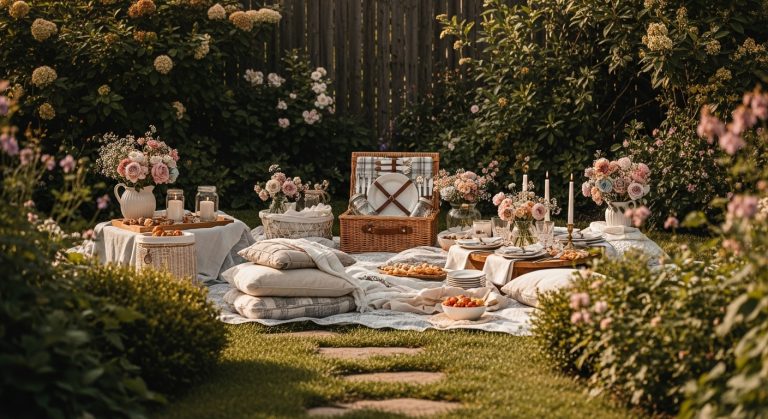Butterfly Garden Design Layout: 15 Stunning Ideas to Attract Color, Life, and Wonder
Ever stood still and watched a butterfly hover over a flower — wings shimmering like stained glass in sunlight? There’s something almost magical about it. Designing a butterfly garden isn’t just about pretty flowers; it’s about creating a living ecosystem that hums, flutters, and dances around you. Whether you have a sprawling backyard or a small balcony, a thoughtful butterfly garden design layout turns your space into a peaceful retreat full of life and motion.
Let’s explore 15 practical yet inspiring butterfly garden design ideas that blend color, movement, and sustainability — while giving you that “wow, nature is amazing” feeling every time you step outside.
1. Layered Planting Zones for All Seasons

Think of your garden like a buffet that never closes. Butterflies visit throughout the year, so the goal is to keep something blooming all the time.
Pros:
- Encourages continuous visits from different butterfly species.
- Keeps your garden visually appealing year-round.
- Offers shelter and nectar even in cooler months.
Cons:
- Requires planning to overlap bloom cycles.
Takeaway:
Plant in layers — tall shrubs at the back, midsize perennials in the middle, and groundcovers in front — so there’s always food and texture no matter the season.
2. Sun-Drenched Corners and Open Spaces
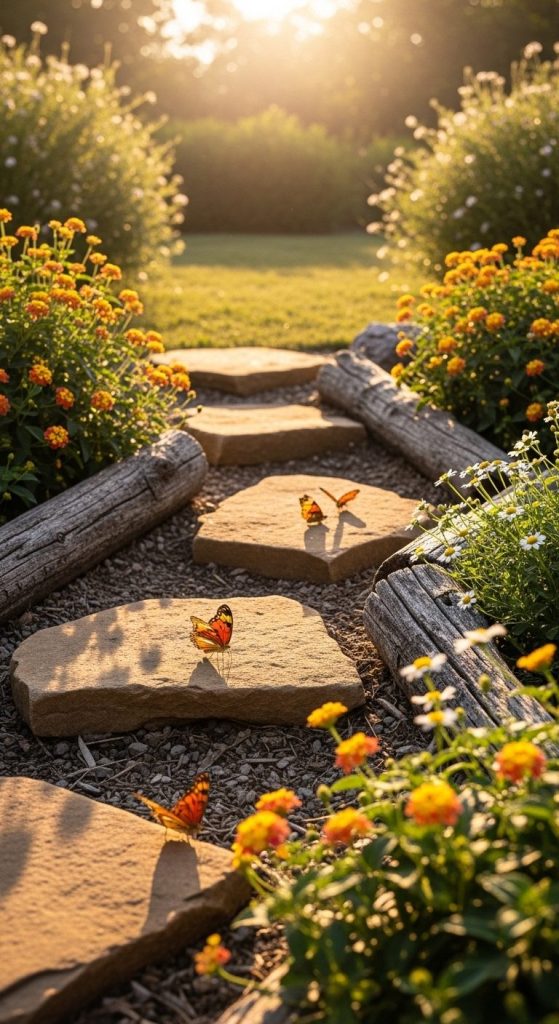
Butterflies are solar-powered — literally. They bask in the sun to warm up their wings. A good layout ensures plenty of sunlight patches.
Pros:
- Creates ideal basking zones.
- Boosts plant growth and bloom intensity.
- Adds natural warmth and energy to the space.
Cons:
- Some delicate flowers may need partial shade.
Takeaway:
Design open sunny spots with flat stones or garden logs where butterflies can sunbathe, and watch how quickly they make themselves at home.
3. Curved Pathways and Natural Flow
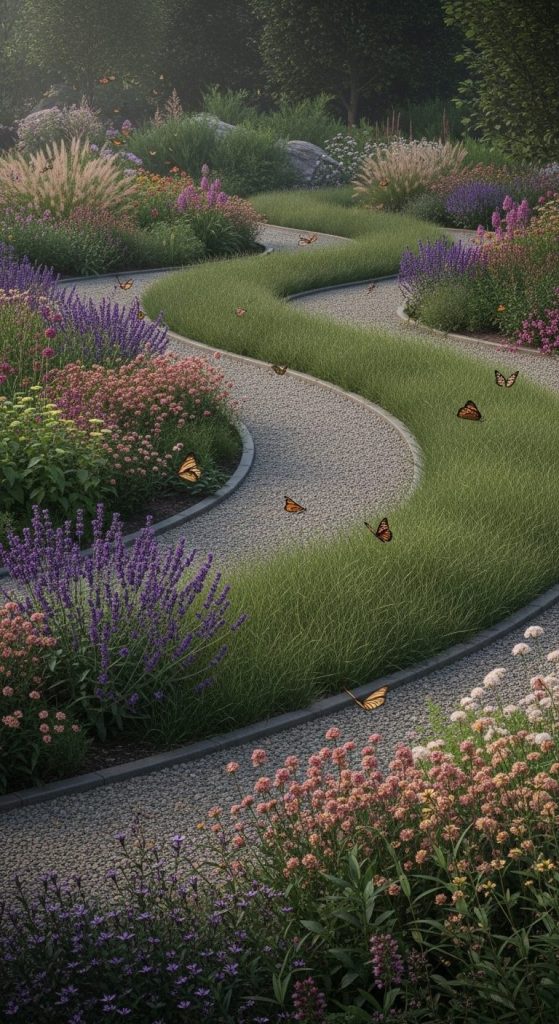
Straight lines are for city streets, not butterfly gardens. Curved paths lead visitors — human and insect alike — on a slow, meandering journey.
Pros:
- Feels organic and relaxing.
- Allows varied plant groupings and viewpoints.
- Helps manage drainage and softens the landscape.
Cons:
- Needs careful spacing to prevent overgrowth.
Takeaway:
Butterflies move gracefully — your garden layout should too. Let paths curve naturally around flower clusters for a tranquil, inviting vibe.
4. Nectar-Rich Flower Beds
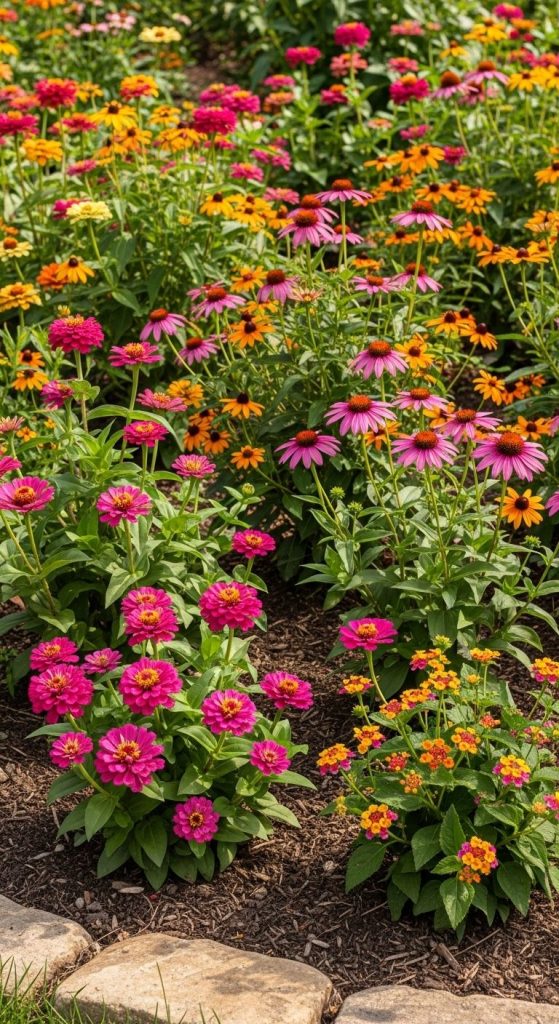
This one’s obvious — but worth mastering. The heart of your design should be nectar-heavy flowers that bloom in waves.
Pros:
- Constant food source for butterflies.
- Increases color diversity and visual impact.
- Easy to mix annuals and perennials for variety.
Cons:
- Needs regular deadheading to keep blooms fresh.
Takeaway:
Plant a mix of zinnias, lantanas, and coneflowers — and you’ll have butterflies lining up like customers at a sweet shop.
5. Host Plants for Caterpillars
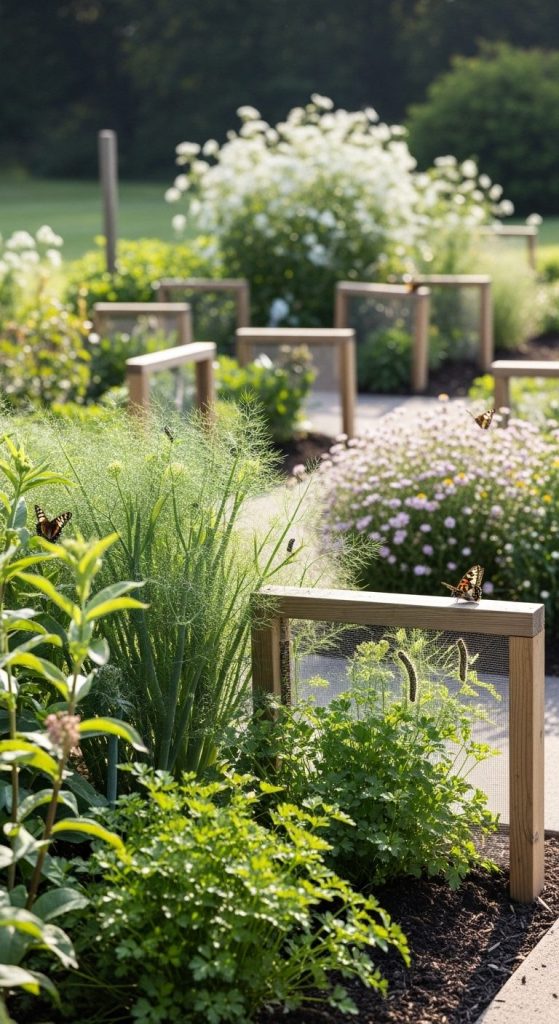
Every butterfly starts as a caterpillar, and they’re picky eaters. Integrate host plants into your design so the entire life cycle thrives.
Pros:
- Supports breeding and population growth.
- Adds ecological depth to your garden.
- Makes the design educational for kids.
Cons:
- Caterpillars will chew leaves — that’s normal!
Takeaway:
Monarchs love milkweed, swallowtails adore fennel — feed the babies, and the butterflies will always return.
6. Butterfly Watering Stations
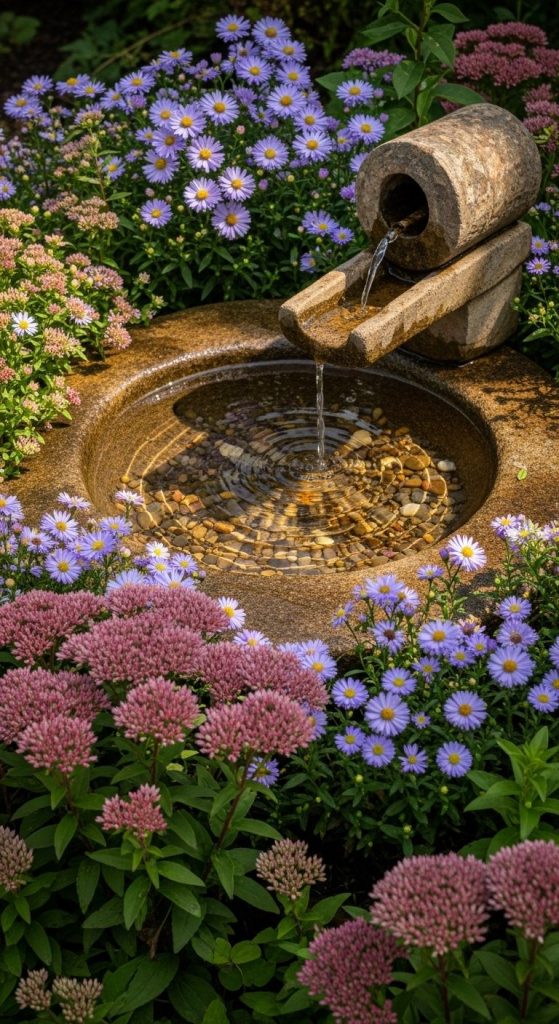
Butterflies can’t drink from birdbaths. They need shallow, muddy puddles — called “puddling areas.”
Pros:
- Simple to create with pebbles, water, and sand.
- Provides essential minerals and hydration.
- Attracts butterflies to linger longer.
Cons:
- Needs topping up in dry seasons.
Takeaway:
A shallow dish of damp sand or flat stone basin adds beauty and function — like a mini spa for your winged visitors.
7. Native Plant Focus
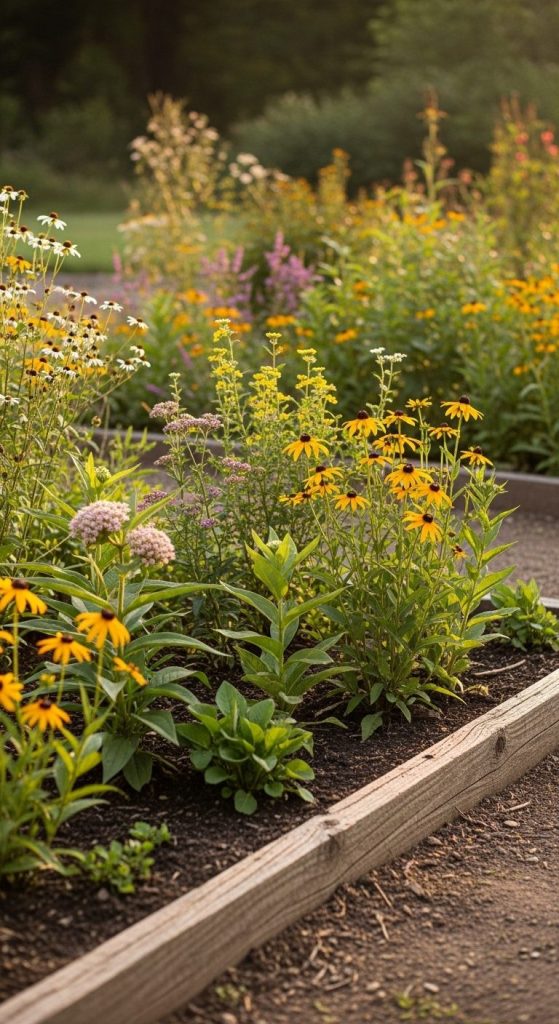
If you want a low-maintenance butterfly haven, go native. Local plants are the VIPs of any sustainable design.
Pros:
- Naturally adapted to your soil and climate.
- Attracts local butterfly species easily.
- Requires less water and care overall.
Cons:
- Limited color options depending on region.
Takeaway:
Native plants are like hometown favorites — familiar, reliable, and irresistible to local butterflies.
8. Color Grouping for Maximum Attraction

Butterflies are drawn to color, especially red, orange, yellow, pink, and purple. Group similar hues together for visual and biological impact.
Pros:
- Makes the garden visually cohesive.
- Helps butterflies locate flowers efficiently.
- Enhances overall photo-worthy appeal.
Cons:
- Overdoing one color can limit plant diversity.
Takeaway:
Create color “zones” — maybe a fiery orange corner or a calming lavender section — and you’ll have butterflies fluttering nonstop.
9. Vertical Garden Layers and Trellises
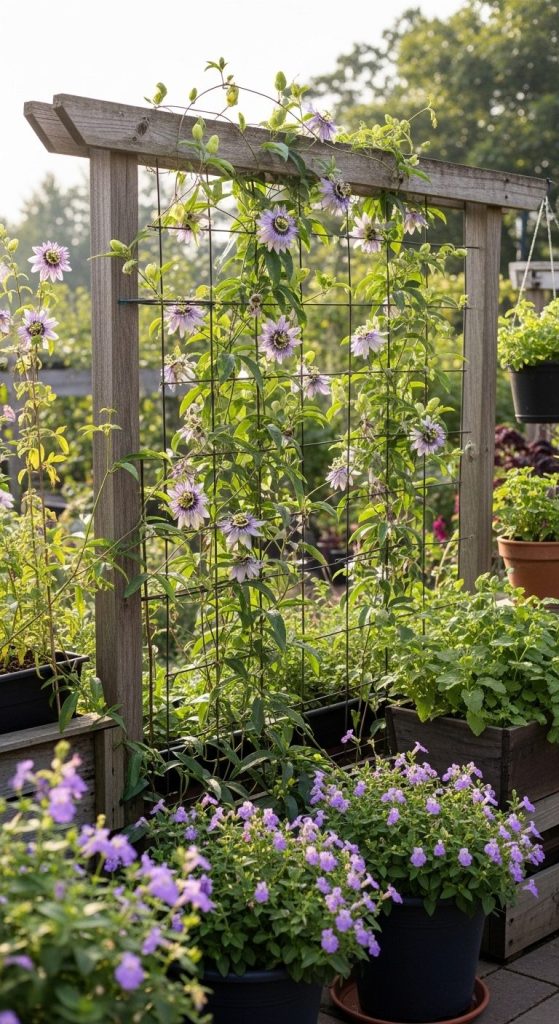
Vertical spaces don’t just save room — they bring butterflies up to eye level.
Pros:
- Ideal for small gardens or balconies.
- Supports climbers like passionflower (great for Gulf fritillaries).
- Adds dimension and lushness.
Cons:
- Needs regular pruning to prevent tangling.
Takeaway:
Use trellises, garden arches, or wall planters to layer blooms vertically — it turns any space into a living butterfly gallery.
10. Wind Protection Zones
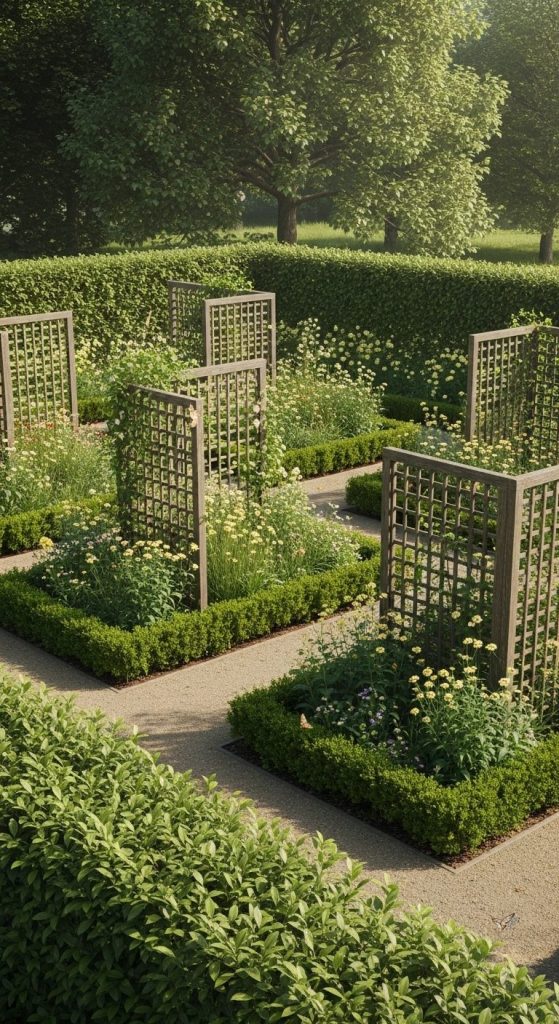
Butterflies are lightweight — even a breeze can throw them off balance. Include natural windbreaks in your layout.
Pros:
- Provides calm landing zones for feeding.
- Protects delicate blooms from damage.
- Improves overall garden comfort.
Cons:
- May reduce airflow if too dense.
Takeaway:
Use shrubs, hedges, or lattice screens to shield your garden gently — your butterflies (and flowers) will thank you.
11. Seating and Observation Spots
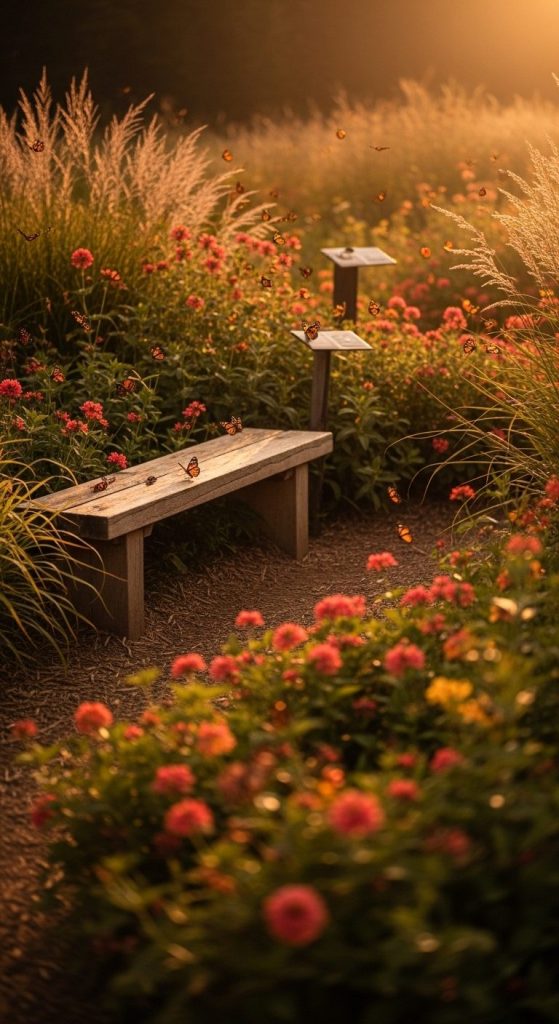
A butterfly garden isn’t just for them — it’s for you too. Add a cozy bench or a bistro chair near your favorite blooms.
Pros:
- Encourages relaxation and mindfulness.
- Turns the garden into a living outdoor room.
- Great for photography or journaling.
Cons:
- Seating areas can take up planting space.
Takeaway:
Your butterfly garden deserves to be experienced slowly — not just admired from afar. Sit, breathe, and watch life unfold.
12. Raised Beds and Defined Sections

Organized chaos — that’s the sweet spot. Raised beds help manage soil, drainage, and aesthetics.
Pros:
- Easier to control soil quality and moisture.
- Keeps weeds and grass invasion minimal.
- Adds architectural interest and structure.
Cons:
- Slightly higher installation cost.
Takeaway:
Raised beds balance function and beauty — perfect for mixing nectar plants, herbs, and host greenery neatly.
13. Seasonal Plant Rotation
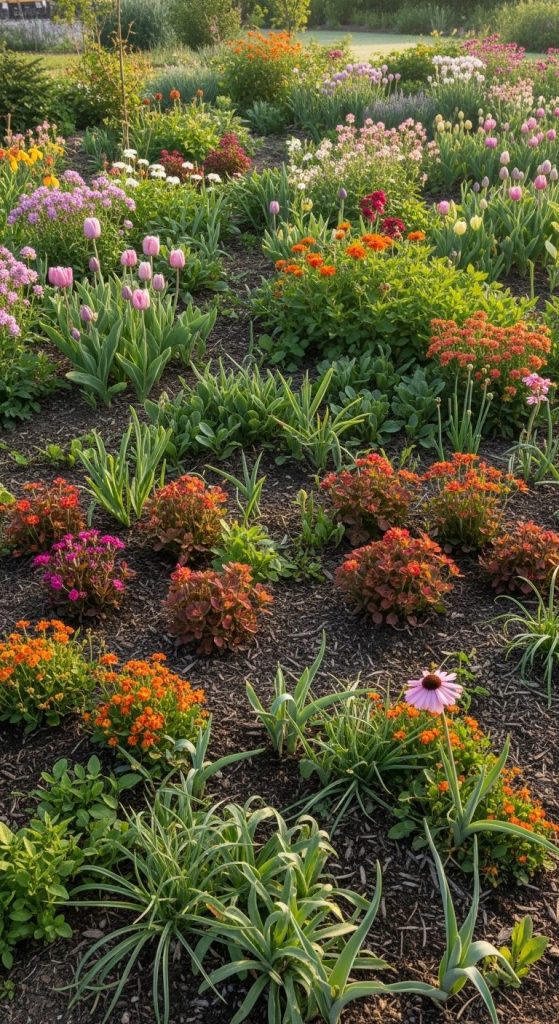
Butterflies don’t all visit at the same time. Adjust your planting plan to keep different species coming all year.
Pros:
- Ensures continuous life cycles.
- Keeps the garden fresh and evolving.
- Encourages wider species diversity.
Cons:
- Requires tracking bloom and migration times.
Takeaway:
Rotate or interplant seasonal species — it’s like throwing a year-round festival for butterflies.
14. Natural Mulching and Organic Soil
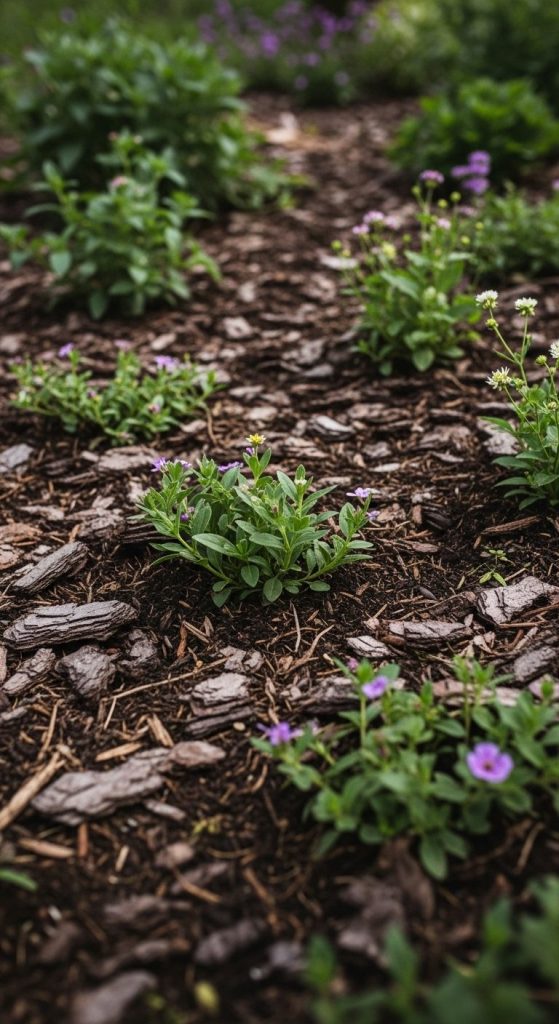
Healthy soil equals healthy plants — and that means more nectar and lush foliage.
Pros:
- Retains moisture and suppresses weeds.
- Feeds the ecosystem below the surface.
- Keeps garden maintenance low.
Cons:
- Needs refreshing once or twice a year.
Takeaway:
Skip the chemicals — use compost, bark chips, or leaf mulch. A natural base makes your butterfly paradise thrive effortlessly.
15. Mix of Open Meadows and Dense Clusters
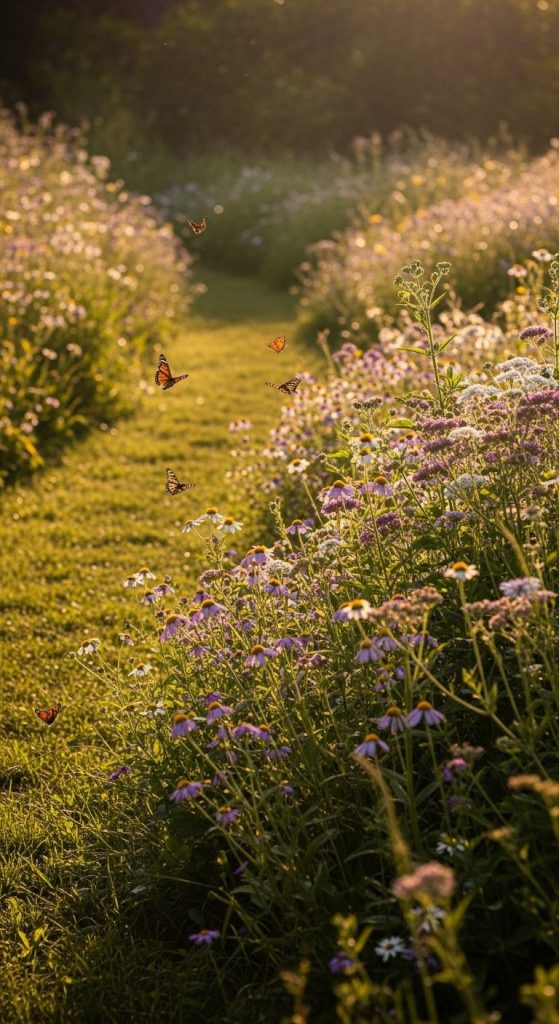
The best butterfly gardens combine open, airy spots with thick planting zones. It mimics how they live in the wild.
Pros:
- Offers safe flight paths and resting zones.
- Creates visual rhythm and variety.
- Attracts both shy and social butterfly species.
Cons:
- May require balancing sun and shade carefully.
Takeaway:
Think of your garden as a symphony — open spaces are the pauses, dense clusters are the melody. Together, they create harmony.
Conclusion
Designing a butterfly garden layout isn’t just about beauty — it’s about connection. Every flower, stone, and puddle becomes part of a living cycle. Butterflies remind us that even the smallest design choices can ripple into something magical.
Whether you’re building a full backyard sanctuary or a modest balcony retreat, remember — the secret lies in balance. Offer sunlight and shade, color and calm, structure and wildness. The reward? A space that not only looks alive but feels alive.
Because when you design for butterflies, you’re really designing for joy.

William Martin is a passionate bowler who spends most of his weekends playing the sport. With years of intense experience under his belt, William decided to share his knowledge by creating BOWLING OCEAN. Join me on this journey to explore the world of bowling and discover the tips and tricks to becoming a pro.




